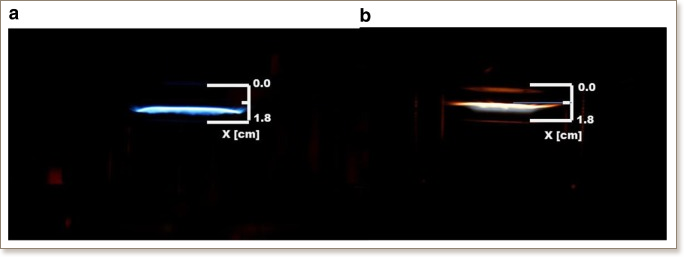Cool diffusion flames of butane isomers activated by ozone in the counterflow


Ignition in low temperature combustion engines is governed by a coupling between low-temperature oxidation kinetics and diffusive transport. Therefore, a detailed understanding of the coupled effects of heat release, low-temperature oxidation chemistry, and molecular transport in cool flames is imperative to the advancement of new combustion concepts. This study provides an understanding of the low temperature cool flame behavior of butane isomers in the counterflow configuration through the addition of ozone. The initiation and extinction limits of butane isomers’ cool flames have been investigated under a variety of strain rates. Results revealed that, with ozone addition, establishment of butane cool diffusion flames was successful at low and moderate strain rates. iso-Butane has lower reactivity than n-butane, as shown by higher fuel mole fractions needed for cool flame initiation and lower extinction strain rate limits. Ozone addition showed a significant influence on the initiation and sustenance of cool diffusion flames; as ozone-less cool diffusion flame of butane isomers could not be established even at high fuel mole fractions. The structure of a stable n-butane cool diffusion flame was qualitatively examined using a time of flight mass spectrometer. Numerical simulations were performed using a detailed chemical kinetic model and molecular transport to simulate the extinction limits of the cool diffusion flames of the tested fuels. The model qualitatively captured experimental trends for both fuels and ozone levels, but over-predicted extinction limits of the flames. Reactions involving low-temperature species predominantly govern extinction limits of cool flames. The simulations were used to understand the effects of methyl branching on the behavior of n-butane and iso-butane cool diffusion flames.
DOI: 10.1016/j.combustflame.2017.12.034

"KAUST shall be a beacon for peace, hope and reconciliation, and shall serve the people of the Kingdom and the world."
King Abdullah bin Abdulaziz Al Saud, 1924 – 2015
Thuwal 23955-6900, Kingdom of Saudi Arabia
© King Abdullah University of Science and Technology. All rights reserved